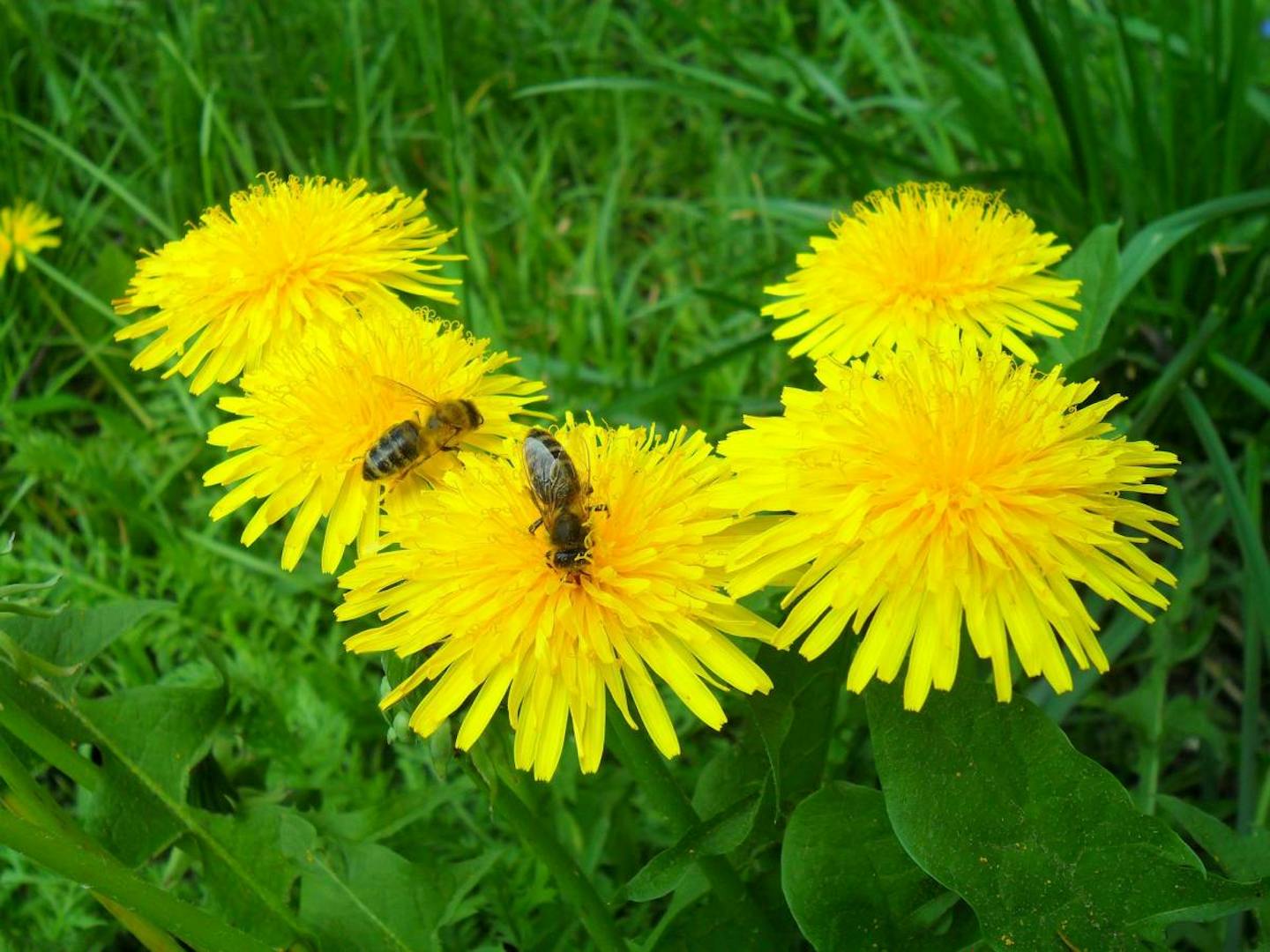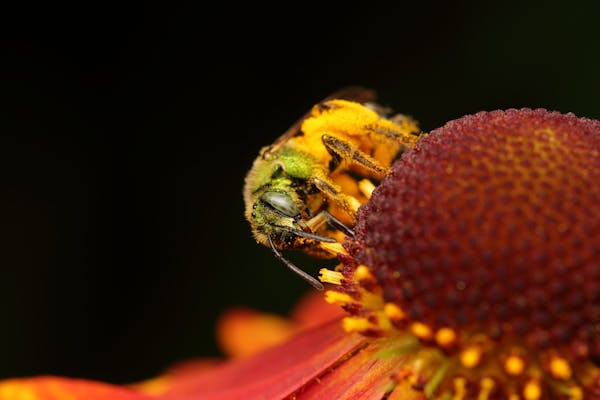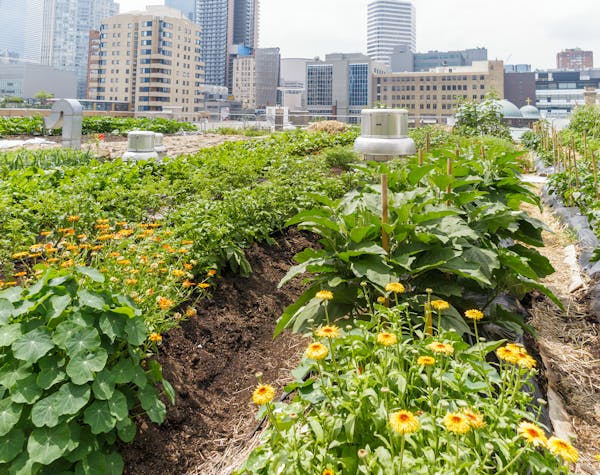Six reasons why you should love weeds
For many gardeners, as soon as the growing season begins, so does the battle with weeds. Pulling, picking, and back aching - it is a war that doesn’t need to be waged if one changes their perspective.
The word weed comes from the Old English weod- a plant, grass, herb, tree, or anything that flourishes naturally. They are the life that once thrived before our perfectly sowed rows, and their presence, as long as they are not an invasive species, is essential to the ecosystem.
Here are six reasons why you should let weeds bloom.
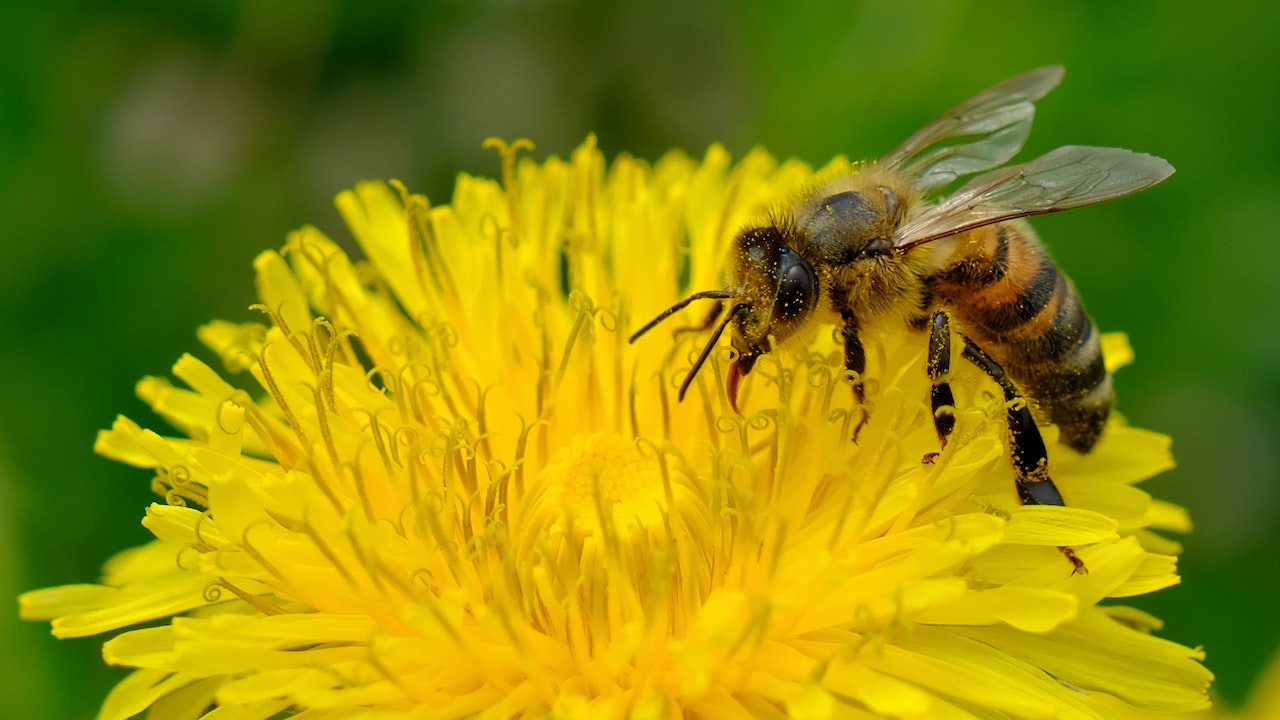
Image credit: Creative Commons
1. Weeds are essential to pollinators
Bees and other pollinators, including bats, beetles, butterflies, moths, wasps, and small mammals, play a crucial role in how life on Earth grows. Over 180,000 different plant species and more than 1,200 crops worldwide rely on pollination. Weeds are a fundamental food source for pollinators, especially in the early months of spring, and without them, they would not survive.
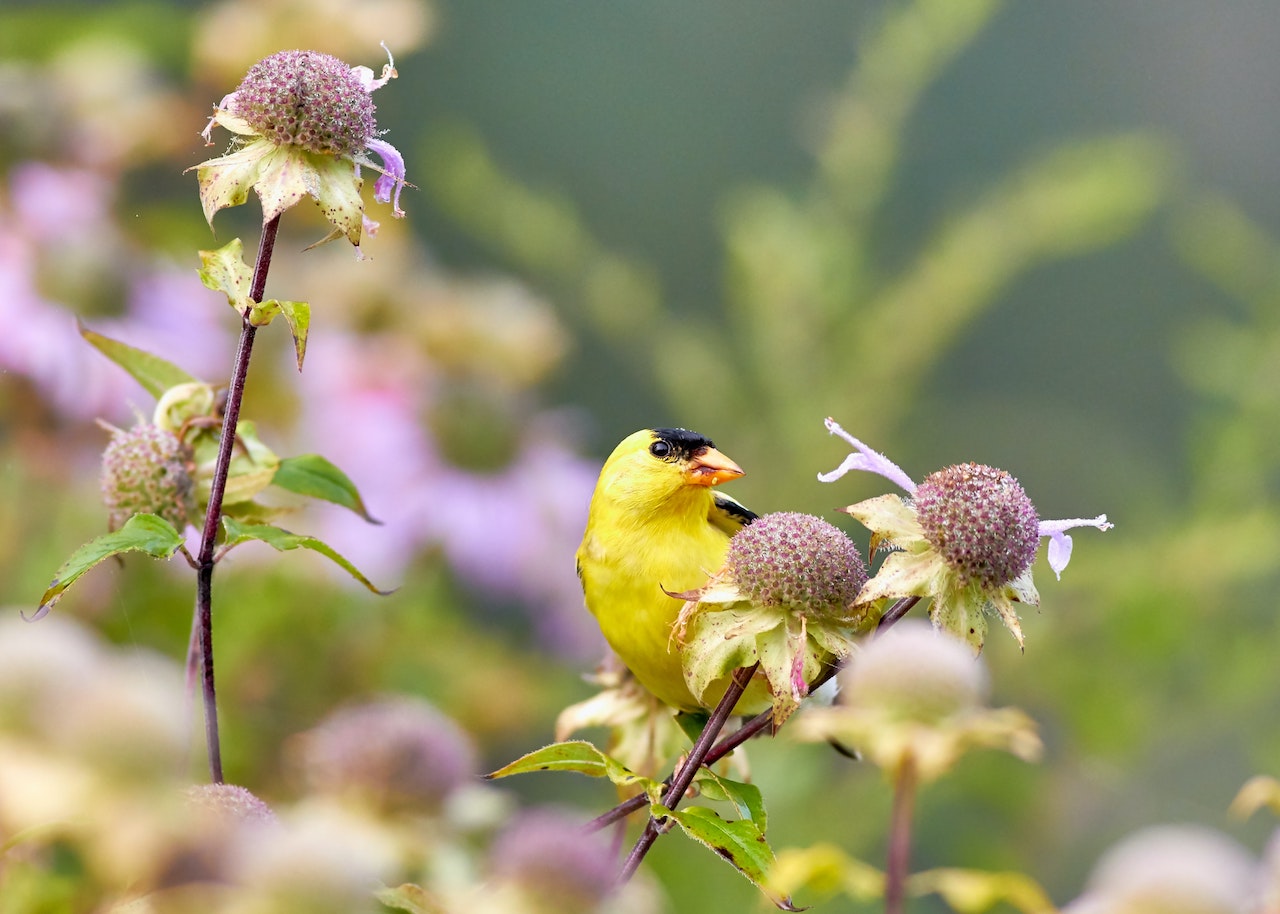
Image credit: Creative Commons
2. Weeds feed wildlife
All year long, weeds feed all walks of life, yet they become even more critical for some towards the end of the summer. As autumn approaches, once-blooming weeds begin to release seeds and shrivel up. These seeds feed many birds, and the stalks support a variety of wildlife, including deer, rabbits, gophers, and moles.
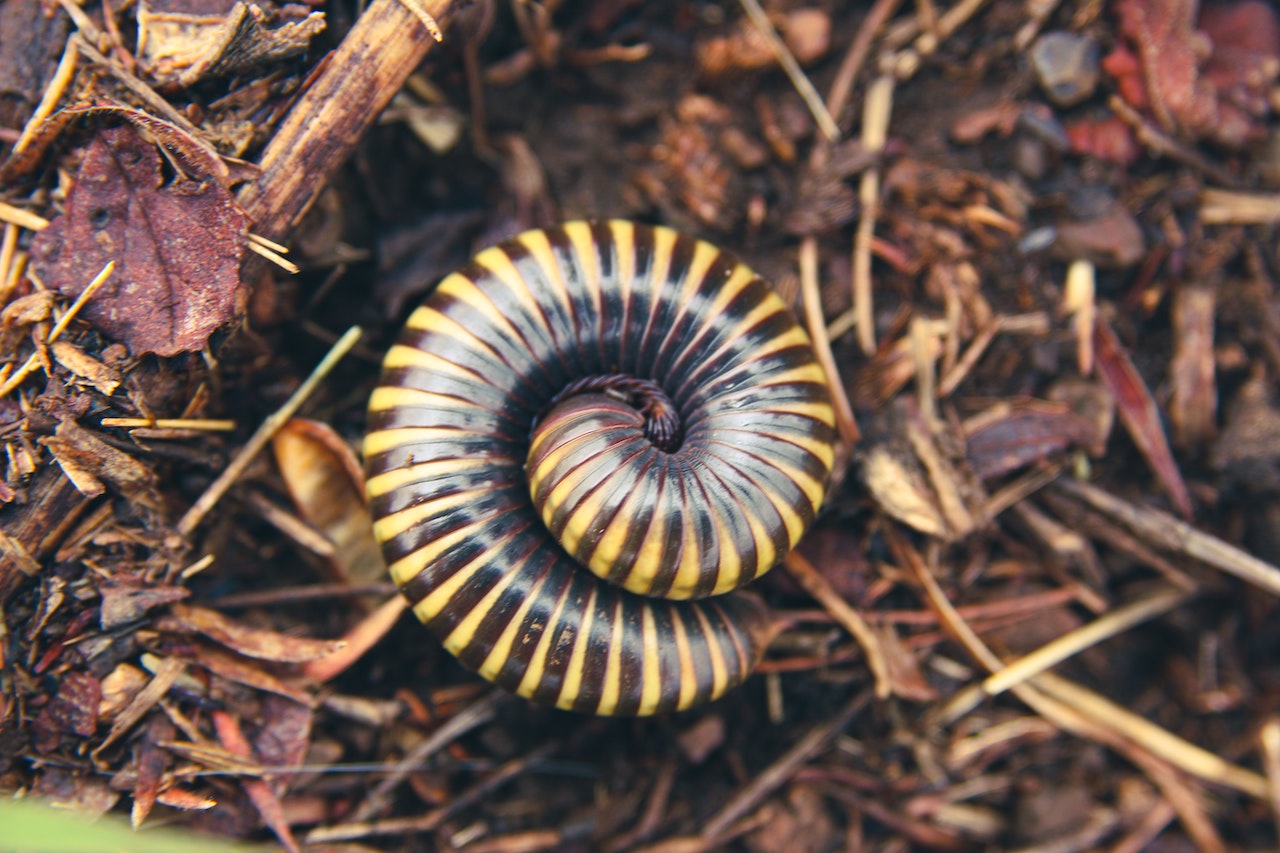
Image credit: Creative Commons
3. Weeds benefit microorganisms
As weeds die and decay, their roots break down, feed microorganisms and insects, and make pathways and tunnels for worms. While many growers assume a population of pests means a failed garden, it is quite the opposite. Bountiful life below means plentiful life above.

Image credit: Creative Commons
4. Weeds are good indicators of soil health
When microorganisms and insects break down weeds, they release essential nutrients into the soil that plants soak up. They also store nitrogen and carbon dioxide in the ground, creating cleaner air and removing greenhouse gasses from the atmosphere, mitigating the climate crisis.
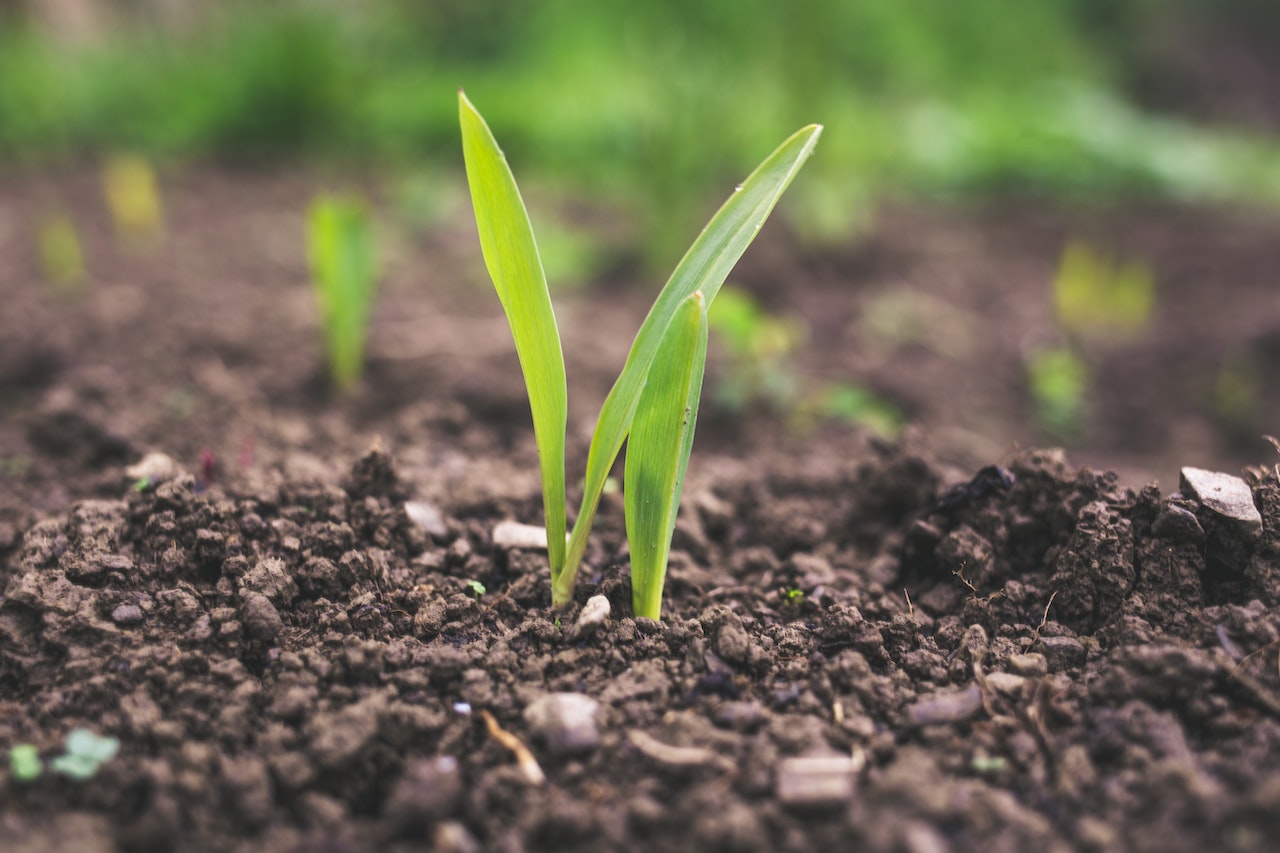
Image credit: Creative Commons
5. Weeds even provide nutrients for other plants
Many weed species have sturdy and massive taproots, as many gardeners have noticed as they pull them out of the ground. These giant roots break up hard-packed layers of soil, making it easier for the roots of other plants to permeate. They also pull up nutrients and moisture from deeper levels of the soil and share them with the surrounding vegetation.
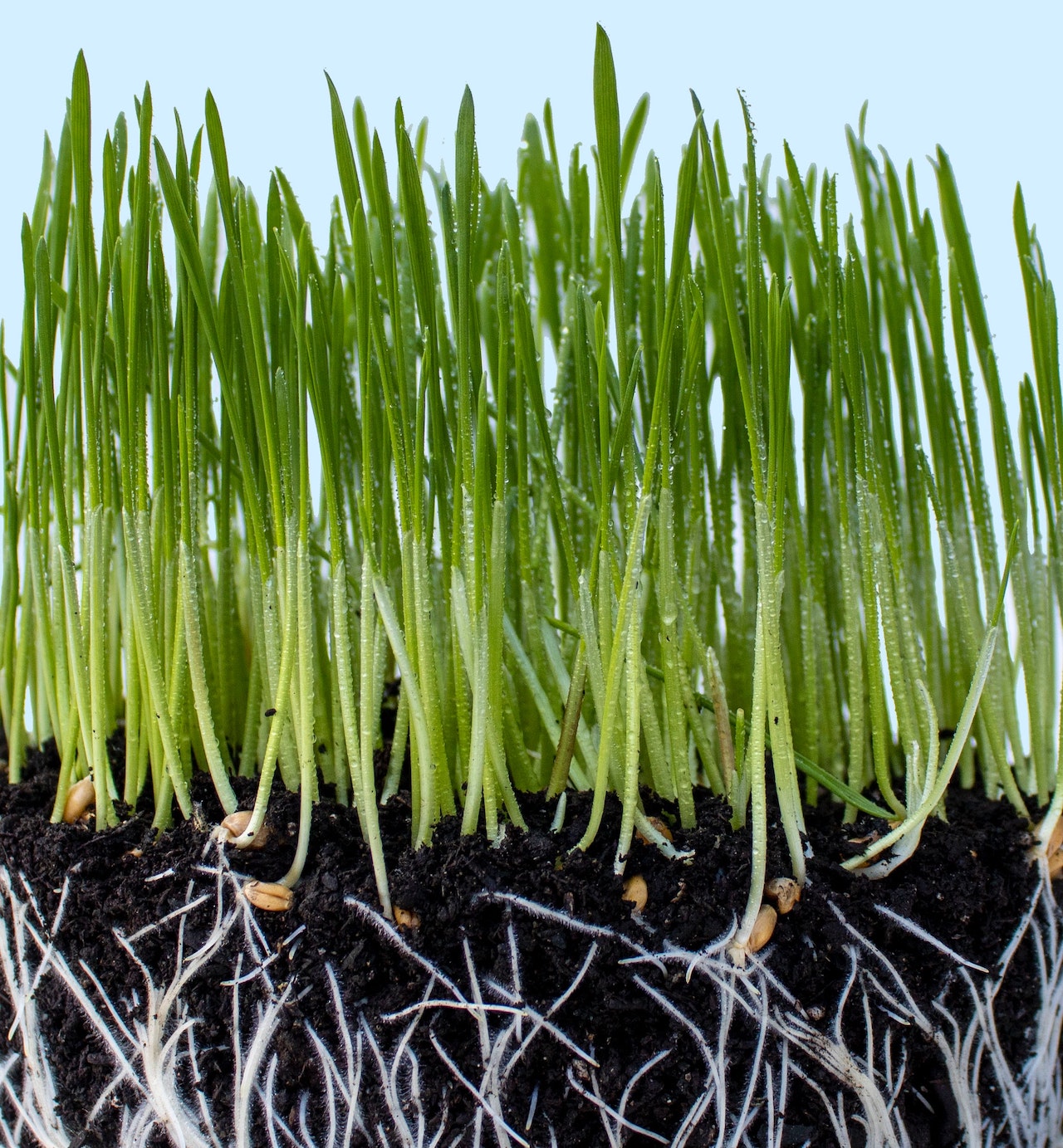
Image credit: Creative Commons
6. Weeds prevent erosion
Along with being strong, the roots of weeds have a web-like structure that helps hold the soil they break up in place. These fibrous nets make the soil less likely to wash away by irrigation, heavy rainfall, or severe weather. Weeds also help bring degraded soils back to life by feeding microorganisms that release nutrients into the ground.
So, the next time a weed is spotted, remember that it's a sign that life is blooming and robust, rather than think it's a nuisance. Perhaps even revert to the mindset of the child that knows dandelions and the like really are something to be cherished.
Explore The Solutions